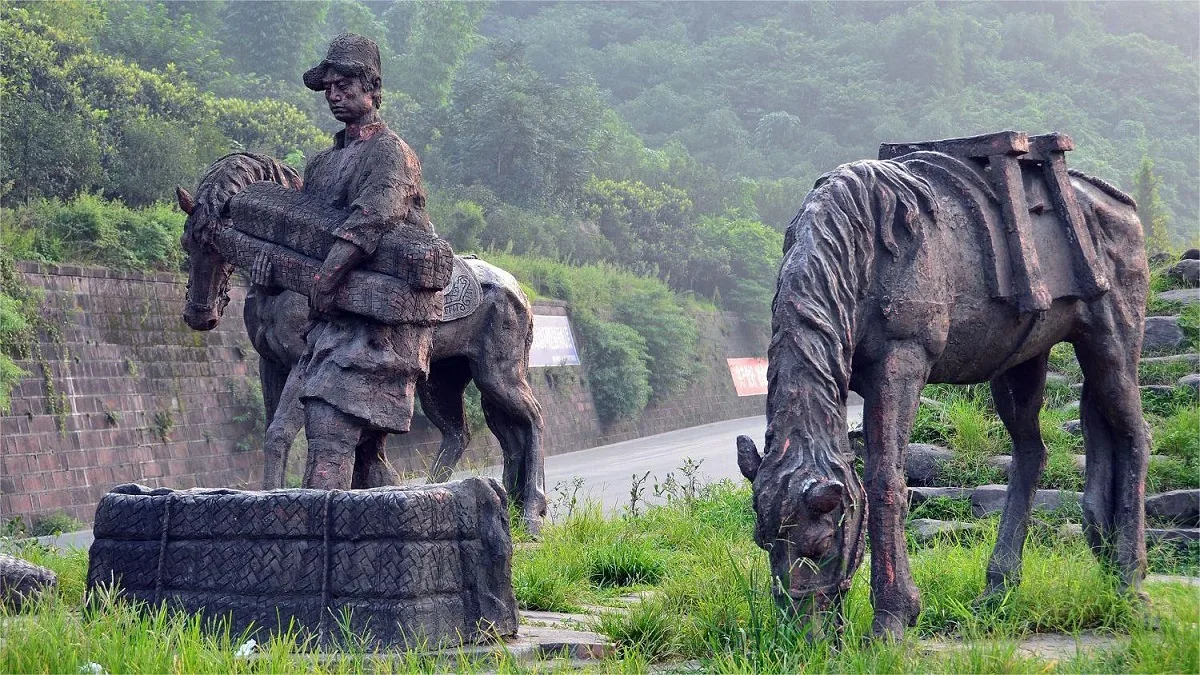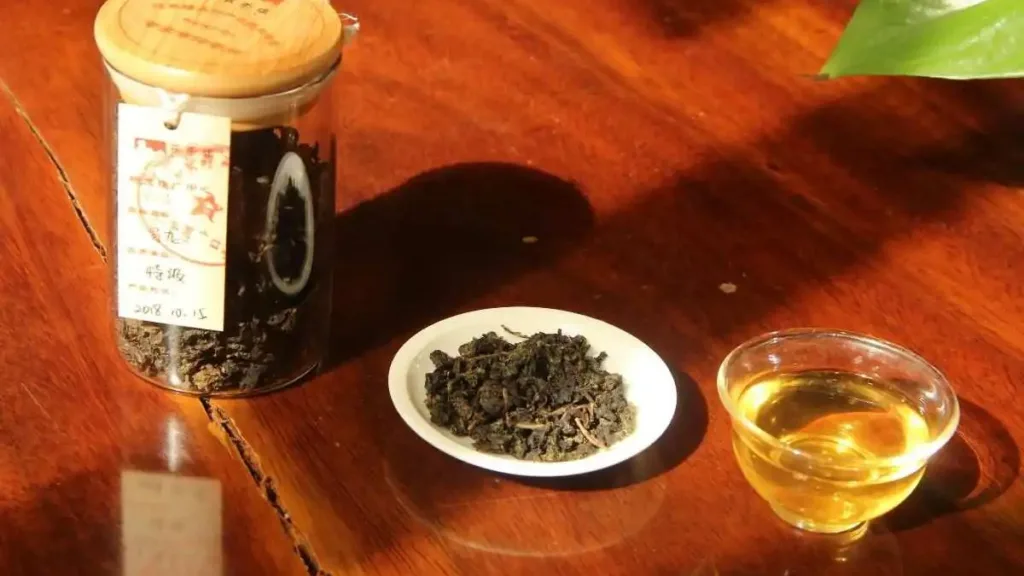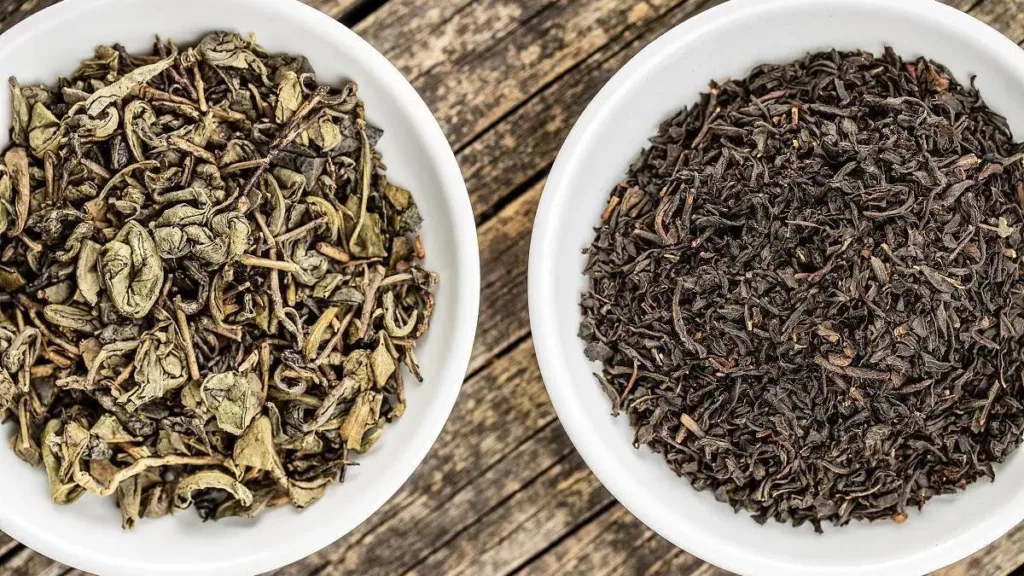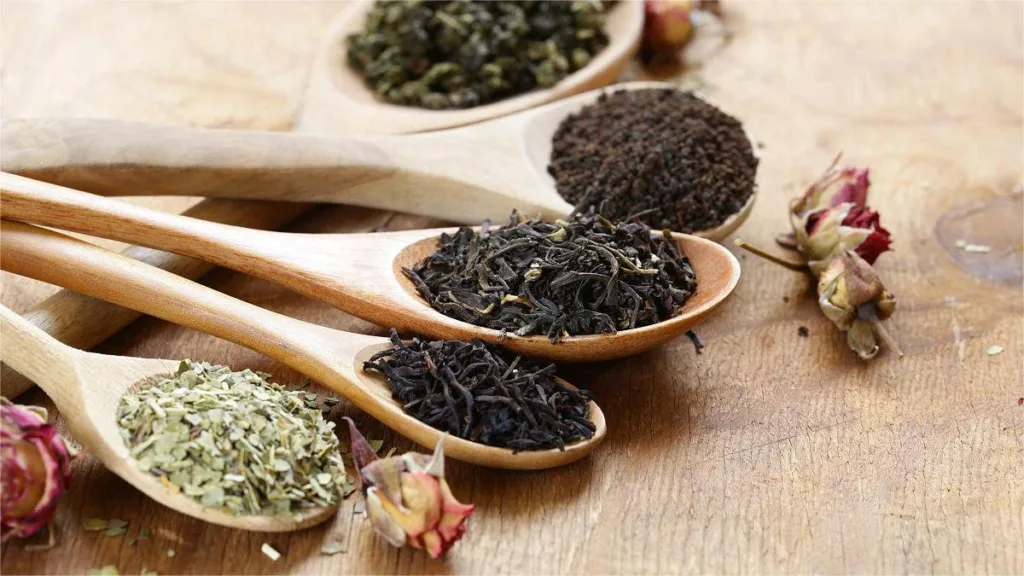The ancient Chinese played a pivotal role in spreading tea culture around the world, a journey that began to gain momentum in the centuries following the Tang Dynasty. As Chinese tea culture flourished, it began to expand beyond the borders of China, finding its way to distant lands through the Silk Road and maritime trade routes. This intricate web of trade and cultural exchange led to the global dissemination of tea, introducing people from different regions to the captivating world of tea.
During the Tang Dynasty, the Chinese government established market offices known as “ship offices” (市舶司) in various coastal ports to oversee the sea trade of tea. These offices ensured the quality and quantity of tea exports and contributed to the spread of Chinese tea across maritime routes. The popularity of tea soared, and by the Song and Yuan Dynasties, porcelain and tea had become major export products. This set the stage for the global dissemination of Chinese tea.
The Ming Dynasty furthered this trend with the seven voyages of Zheng He, a famous Chinese explorer who undertook expeditions to the Indian Ocean. These voyages not only facilitated diplomatic and trade relations but also introduced tea to the regions of Southeast Asia, the Arabian Peninsula, and the east coast of Africa. The global reach of Chinese tea was growing, as it reached new shores and cultures.
In the early 9th century, Japanese Buddhist monk Saichō, also known as Dengyō Daishi, traveled to China to study Buddhism and returned to Japan with tea seeds. He planted these seeds in Shiga Prefecture, and tea cultivation began in Japan. Emperor Saga visited Banshō-ji Temple in Shiga County in 815 and was served clear fragrant tea by the temple monks. He was delighted with the taste and promoted the drinking of tea, leading to the widespread cultivation of tea in Japan. This marked the beginning of a unique Japanese tea culture, shaped by Chinese influence.
During the Song Dynasty, a Japanese monk named Eisai, who had studied Buddhism in China, developed Japanese tea ceremonies based on Chinese temple practices. He authored the first Japanese book on tea, “Kissa Yōjōki” (喫茶養生記), which extolled the virtues of tea as a sacred elixir and a fountain of youth. His teachings and writings played a crucial role in the rapid growth of tea culture in Japanese society.
In 1607, Dutch ships arrived in Macau from Java and began trading Chinese tea, marking the earliest recorded instance of Chinese tea being transported to Europe. Tea became the trendy beverage among the Dutch, rapidly spreading to countries like England and France. Over time, tea transitioned from being a luxury item for European nobility to an everyday beverage for the common people. England, in particular, became known for its tea consumption and teatime tradition.
While India had wild tea trees, it was not until 1780 that tea cultivation and production began in earnest. The British and the Dutch imported tea seeds from China to India and brought Chinese experts to guide them in cultivating and processing tea. This included the techniques for producing black tea, which eventually led to the famous Assam tea industry. In 1835, the Chinese introduced tea plants to Assam, and the invention of the tea-cutting machine made black tea a globally significant beverage.
By the 19th century, Chinese tea had spread to almost every corner of the globe. The word “tea” in many Western languages derives from the pronunciation of the Chinese word “茶” (chá) in Fujian and Guangdong dialects. China, as the birthplace of tea, had not only introduced the world to the consumption of tea but also shared its rich tea culture and expertise in tea cultivation and processing. This was a significant contribution to the progress of human civilization and cemented Chinese tea as an integral part of global culture.
The journey of Chinese tea from its origins in China to its global dissemination was marked by trade, cultural exchange, and the passionate pursuit of the art of tea. Tea is not merely a beverage but a bridge that connected people from diverse backgrounds, fostering a shared appreciation for this ancient tradition. The ancient Chinese, through their exploration and trade, sowed the seeds of tea culture that continue to thrive and evolve across the world today.



